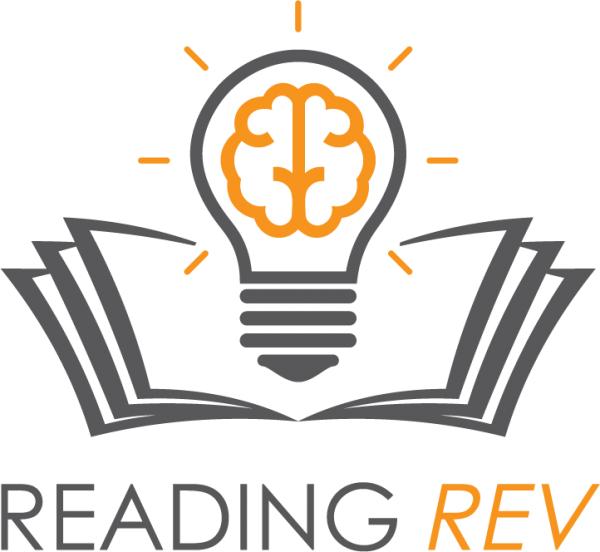4 Tips to Help Students Transfer Phonics Patterns to Their Writing
Teaching phonics isn’t just about students being able to read words fluently—it’s also about empowering them to become confident spellers and writers. But how do we ensure that the patterns we teach during phonics instruction actually show up in students’ writing throughout the day? Here are four tried-and-true strategies to bridge that gap and make phonics instruction stick.
1. Spiral Review for Long-term Learning
Spiral review is a cornerstone of effective teaching. Research consistently shows that long-term retention requires revisiting previously taught material. According to Kilpatrick’s Essentials of Assessing, Preventing, and Overcoming Reading Difficulties,
"Phonemic and orthographic learning is cumulative and must be practiced repeatedly to reach automaticity."
What does this mean for your classroom? It’s not enough to teach a spelling pattern for one week and move on. Schedule quick, daily reviews of previously taught patterns. Use games, quick quizzes, or warm-up activities that allow students to revisit and apply the rules they've learned. This ensures they’re not just memorizing for the short term but internalizing for life.
2. Point Out Patterns in Authentic Text and Real Life
One way to deepen students' understanding of phonics is by tapping into what psychologists call frequency bias: once we learn something, we start to see it everywhere. Think about the last time you learned a new word—suddenly it seemed to appear in every book, conversation, and commercial. We want that same recognition to happen with spelling patterns.
Here’s how you can bring this idea to life:
Highlight patterns in shared reading texts or anchor charts.
Go on a “spelling pattern scavenger hunt” around your school, neighborhood, or classroom.
Have students underline or circle spelling patterns in their own independent reading.
By making phonics patterns visible in contexts beyond spelling lessons, you’re helping students connect the dots between what they learn and how it applies to the real world.
3. Model Patterns as You Write Throughout the Day
Writing in front of your students is one of the most powerful ways to model how phonics patterns apply in authentic writing situations. As you write on the board, narrate your thinking. Show them how you:
Break words into syllables using syllable scoops.
Tap out sounds in each syllable or word.
Use a spelling rule or pattern to write a word correctly.
Strategize when you’re unsure how to spell a word.
This “think-aloud” approach aligns with what research tells us about cognitive apprenticeship: students learn best when they see a skilled adult model a process in action. Don’t worry about being perfect—it’s just as valuable for students to see how you think about the patterns of our language!
4. Integrate Phonics and Spelling Across the Day
Spelling shouldn’t be confined to a 30-minute block on your schedule. Instead, embed phonics instruction into other subjects. Encourage students to apply spelling rules in science vocabulary, social studies journals, and math explanations. This repetition across contexts reinforces their learning and helps it stick.
As literacy expert Louisa Moats explains, "The relationships between reading and spelling are reciprocal: the more we write, the more we read; the more we read, the better we spell." This doesn’t just happen in one block of the day or around one kidney-shaped table!
Final Thoughts
Helping students transfer phonics patterns to their writing requires intentional effort. With consistent review, authentic practice, visible modeling, and integration across the day, you can set your students up for success. Not only will they become better spellers, but they’ll also grow in confidence as writers—equipped with the tools to tackle any word they encounter.
If you're looking for a systematic way to teach phonics while embedding these strategies into your instruction, the Reading Rev Phonics, Spelling, and Morphology Program can help. This comprehensive program is designed to provide teachers with a structured approach to phonics instruction, with spiral review, authentic application, and modeling woven throughout every lesson. It takes the guesswork out of planning and ensures your students are consistently building the skills they need to become confident readers and writers.
What additional strategies do you use to help students bridge the gap between phonics and writing? Let me know in the comments!







